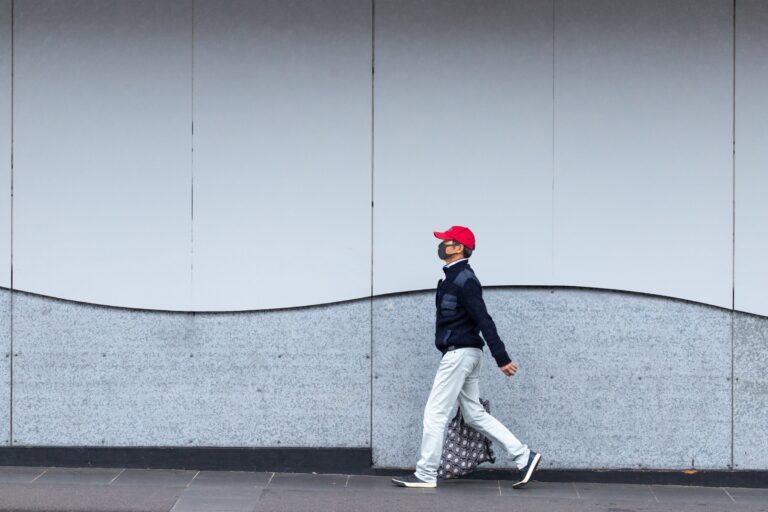Prime Minister Scott Morrison has announced a new temporary payment to support workers locked down in Melbourne.
This follows growing pressure to provide specific support to those without work and heading into their second week of lockdown — particularly since JobKeeper ended in March.
What is it, who can get it, and who misses out?
What is the payment?
The payment is $500 or $325 — depending on a person’s pre-lockdown work hours. The payment is temporary and will be made on a week-by-week basis.
It will be part of a broader national scheme, called a “temporary COVID disaster payment”. It will be paid if a lockdown lasts for more than a week and the federal government defines a location as a “hotspot”.
Who can get it?
Those in greater Melbourne will be able to apply from next Tuesday, June 8. The payment will be available to people over 17 who have less than $10,000 in liquid assets.
In terms of the two levels of payment, people who usually work more than 20 hours a week will be eligible for the full $500. Those who work fewer, will receive the $325.
A person must declare that had it not been for lockdown, they would have worked and will now lose income. They must have used up all their pandemic sick leave or other leave if their employer offers it. This does not include annual leave.
They must also have a right to work in Australia.
One obvious gap
On Thursday, Morrison told reporters,
We are talking about somebody getting through the next week. Someone who would normally be in an economic situation where every dollar counts.
Given this, it is surprising people who receive other kinds of support payments from the federal government, like JobSeeker, will not be able to access the payment.
Virtually by definition, people receiving income support are the poorest in the community. Our income support system has also been designed to encourage people in this situation to work part-time to supplement their very low payments, which are some of the lowest among developed nations in the OECD.
We know many welfare recipients work
Government data also tells significant numbers of people who receive welfare payments also do some work.
April 2021 figures from the Department of Social Services show nearly 29% of women and 16% of men receiving JobSeeker were receiving earnings (other than their welfare payments). This adds up to 22% of the total 1.06 million Australians on JobSeeker.
Of the nearly 117,000 people receiving Youth Allowance for the unemployed, 29% of the women and 19% of the men (24% of the total) were also receiving earnings.
Of the total number of people receiving either JobSeeker or Youth Allowance for the unemployed, around 23% were in Victoria. This suggests there are more than 50,000 in these groups potentially facing income losses in the state.
On top of this, nearly 30% of people receiving Parenting Payment Single and 40% of those receiving Youth Allowance as students also reported earnings in March 2021 .
The number in Melbourne will of course be less than the overall state figure, as many restrictions will lift for regional Victoria by Friday.
Also, those on JobSeeker, Youth Allowance or Parenting Payment will receive some partial compensation for lost earnings because of the income tests applying to these payments. For every dollar they earn over the income test free area, their welfare support drops by between 40% and 60% of their earnings. So, any losses in earnings will mean their payments increase correspondingly.
Debate should not just be about who pays
Nevertheless, these groups — clearly those who have the greatest difficulty in making ends meet and paying rent — will see their incomes fall.
National cabinet is due to discuss how the scheme will be funded on Friday. In among the debate about who will pick up the cheque, it is important that all those adversely affected by the necessary lockdowns are able to continue to meet their existing financial needs.![]()
This article is republished from The Conversation under a Creative Commons license. Read the original article.





Recent Comments